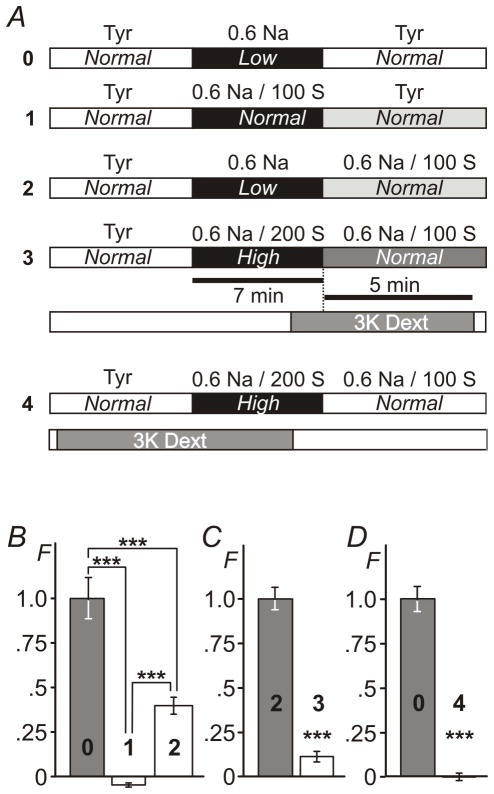Figure 5. Effects of NaCl, osmolarity and cell shrinking on t-tubular sealing.
A, timing of the application of various modified solutions (A0, A1, A2 and A3) using ‘late’ and ‘early’ (A4) application of 3K fluorescent dextran. B, comparing the outcomes of experiments using protocol 0 and protocol 1 shows that osmotic stress rather than a change in the concentration of NaCl is responsible for sealing of t-tubules. However, the extent of t-tubular sealing is modulated by the concentration of extracellular NaCl as can be concluded by comparing the outcomes of experiments using protocol 0 and protocol 2. C, resolution of hyper-osmotic stress equivalent to that produced by 100 mM sucrose (protocol 3) has little effect of t- tubular sealing. D, Cell shrinking early in response to the application of hyper-osmotic solution (protocol 4) does not cause sealing of t-tubules as well. F - Relative fluorescence. Mean fluorescence for protocol 0 in B and D and protocol 2 in C was set to 1. Note: small negative fluorescence in B reflects experimental error due to background correction.

